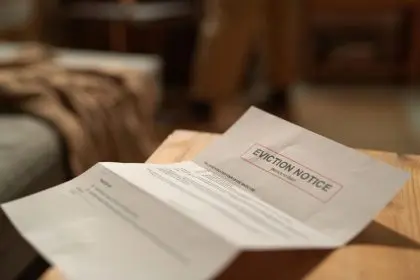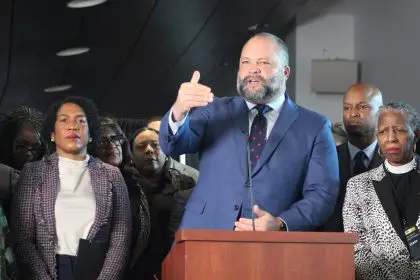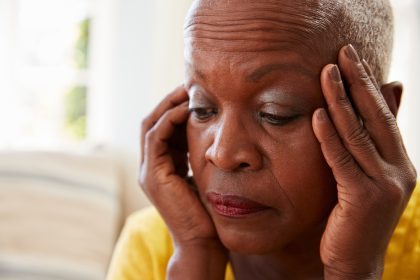On what should have been a routine return home, Ohio real estate developer Mike Jenkins found himself at the center of an incident that would soon capture national attention. The confrontation, captured on his doorbell camera, unfolded when Michelle Bishop, a white woman accompanied by her small children, approached Jenkins on his own doorstep in their affluent neighborhood. What happened next would spark a heated debate about racial profiling and prejudice in American communities.
A simple answer meets disbelief
The encounter took an alarming turn when Jenkins, responding to Bishop’s questioning about his residency, simply stated that he lived there. Her immediate response, “I don’t believe you,” followed by a panicked retreat that led her to abandon her baby stroller while screaming for help, revealed deeper issues at play in what should have been a mundane neighborhood interaction.
The aftermath and attempted explanation
Following the incident’s viral spread across social media platforms, Bishop attempted to contextualize her actions through multiple video statements. She claimed her reaction stemmed from seeing Jenkins driving slowly through the neighborhood and feeling vulnerable as a woman alone with her children. Her insistence that she “never thought it was a Black man” but rather “a white man in that truck” drew skepticism from viewers who pointed to her explicit disbelief in Jenkins’ homeownership as evidence of racial bias.
The power of video evidence
The doorbell camera footage proved instrumental in documenting the encounter, providing irrefutable evidence of the interaction’s nature. Social media users quickly noted that Jenkins displayed no threatening behavior, words, or gestures that would justify such an extreme reaction. The video’s wide circulation sparked discussions about how technology now plays a crucial role in exposing racial bias incidents that might otherwise go unnoticed.
Understanding the broader context
This incident represents more than just an isolated encounter between neighbors. It exemplifies a disturbing pattern where Black individuals face questioning and suspicion simply for existing in spaces others deem unexpected for them. The reality of these confrontations extends beyond mere discomfort, potentially leading to dangerous escalations involving law enforcement, which historically has had disproportionate consequences for people of color.
The role of implicit bias
Examining Bishop’s reaction reveals how implicit bias can manifest in everyday interactions. Her immediate disbelief in Jenkins’ homeownership, despite his calm demeanor and clear statement of residence, demonstrates how deeply ingrained racial prejudices can influence split-second judgments and reactions. This cognitive disconnect between perceived threat and actual circumstances highlights the ongoing challenge of addressing unconscious bias in American society.
Community impact and response
The incident’s ripple effects extended throughout the community and beyond, prompting discussions about neighborhood safety, racial profiling, and the responsibility of residents to examine their own biases. Social media platforms became forums for debate, with many sharing similar experiences and others defending Bishop’s right to feel concerned about neighborhood safety.
The safety paradox
A particularly troubling aspect of this incident involves the paradox of safety concerns. While Bishop claimed her actions were motivated by personal safety, her reaction potentially created a dangerous situation by escalating a non-threatening encounter and potentially involving law enforcement. This highlights how perceived threats based on racial bias can actually create genuine safety risks for Black individuals going about their daily lives.
Moving toward understanding
The Jenkins-Bishop encounter serves as a crucial learning opportunity for communities across America. It demonstrates the need for increased awareness about how racial bias can influence everyday interactions and the importance of challenging our own assumptions about who “belongs” in certain spaces.
The role of education and awareness
Addressing these issues requires more than just acknowledging their existence. Communities must actively work to educate residents about racial bias and its manifestations in daily life. This includes understanding how seemingly innocent “safety concerns” can mask deeper prejudices and lead to harmful consequences for people of color.
Looking forward
As communities continue to grapple with these challenges, incidents like the Jenkins-Bishop encounter provide concrete examples for discussion and learning. The presence of video evidence helps make these conversations more productive by providing clear documentation of how racial bias can manifest in everyday situations.
















